THE ISLAND (1985)
Mr. Cheung takes six young students to a remote, deserted island, where they discover there are three insane people and their paranoid mother living there.
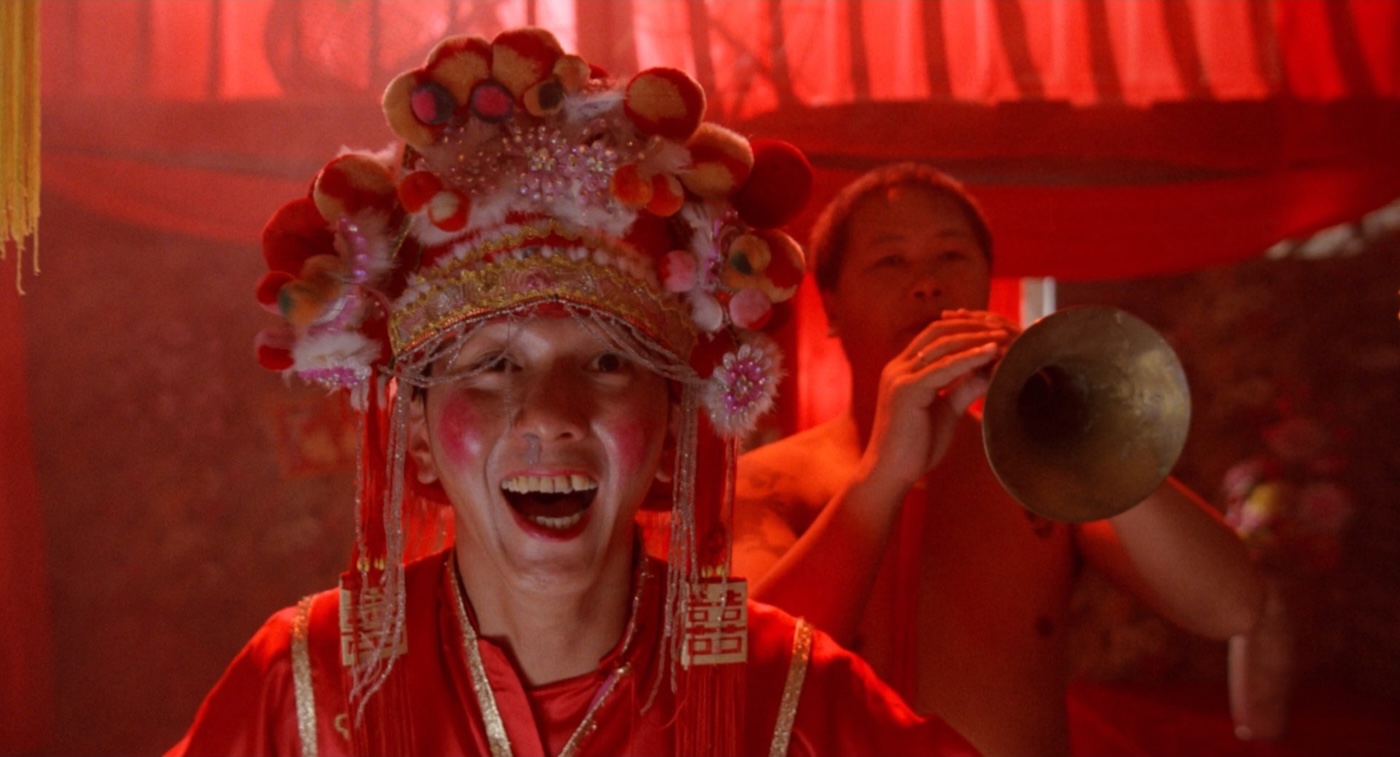
Mr. Cheung takes six young students to a remote, deserted island, where they discover there are three insane people and their paranoid mother living there.


The Island / Sang sei sin is an unusual film that blends genres in a way that’s easy to dismiss as derivative. On the surface it’s a well-executed though unremarkable survival thriller about a group of youngsters being picked off by a trio of deranged psychos. Only instead of summer camp, it’s a barbecue and sleepover on a tropical island. The formula is very similar either way, with a group of naïve and vulnerable characters struggling to survive against the odds in an unfamiliar environment that rapidly changes from idyllic to hellish. In this film the colour palette even reflects this as greenery in the sunshine transitions to the red of firelight in the darkness of night.
The title sequence subtly introduces some of the basic themes that will surface during the narrative, along with the unlikely protagonist as geography teacher, Mr Cheung (John Sham) pauses to admire the tropical fish in an aquarist supplies shop. He shares a moment of childlike wonder with a young boy who is also observing the fish with a smile, but Cheung’s happiness soon fades when he realises the boy is clearly enjoying watching two male Siamese fighting fish, locked in a territorial fight to the death. Then the film wastes little time in plunging us into fear and insanity as three brothers prepare a captive young woman, Po (Lai-Seung Yuen) in bridal regalia ready to marry the youngest, Sam-Fat (Billy Sau Yat Ching). However, the matriarch (Lap Ban Chan) rejects Po as she declares her not to be a virgin, and therefore unsuitable for her son.
We don’t know where Po came from for sure, though the brothers believe she swam from the mainland. There’s an early mention of illegal immigrants using the islands as refuges so it’s possible Po has escaped from a terrible situation—an oppressive regime, modern slavery, or an abusive family situation. There’s nothing to say the brothers didn’t start out as illegal immigrants, though their obsessive adherence to aspects of traditional Chinese culture and values would be less likely as such things were suppressed in mainland China by the Cultural Revolution. Either way, they think of the island as their own, which raises issues about how heritage and land ownership is tied to location, genetics and culture. From the perspective of the unhinged family already occupying the island, the student group about to arrive from Hong Kong have landed without their permission and so become the illegal immigrants in this tale, with no rights or protection.
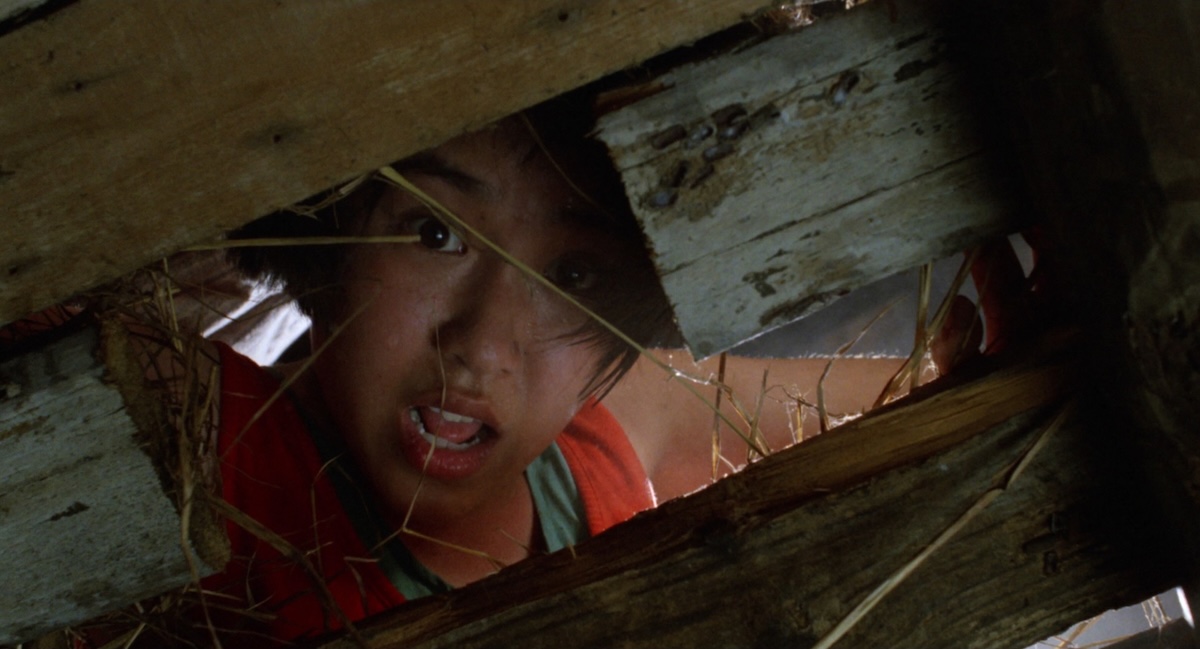
These opening scenes with the crazy family were a little too madcap and over-the-top for me, bordering on the knockabout physical comedy that mars many Hong Kong films of the 1980s. In this case, though, the sheer energy of the performances elevates it from humour to something quite scary and a little sickening. The mood changes again with the arrival of Mr Cheung and his group of newly graduated high school students who bring a different energy. Their juvenile jesting quickly demonstrates that they’re an upbeat but immature bunch, giggling at place names that can be taken to mean something a bit rude such as ‘Nai Tau’ which sounds like the Chinese word for ‘nipple’.
The junk that dropped them off leaves after its captain agrees to return in two days’ time to pick them up. They’d selected the ‘deserted island’ for its solitude but will soon discover they are not alone. During a key scene when the three brothers join the group for a barbecue, things quickly get uncomfortable as the middle brother, Yee-Fat (Jing Chen) makes uncouth and suggestive remarks, and the big brother, Tai-Fat (Lung Chan) challenges Mr Cheung to a drinking game. It also becomes apparent that Mr Cheung’s favourite pupil, Phyllis (Hoi-Lun Au), has caught the eye of Sam-Fat and the brothers will stop at nothing to make her Po’s replacement as his bride.
The first act serves up all the clichés one could want and is clearly very aware of its genre predecessors such as Wes Craven’s Last House on the Left (1972), and The Hills Have Eyes (1977), which has even more parallels with its dysfunctional family dynamics. There are also a few respectful nods to Tobe Hooper’s Texas Chain Saw Massacre (1974) and Meir Zarchi’s I Spit on Your Grave (1978)—directly homaged with a moment of implied emasculation.
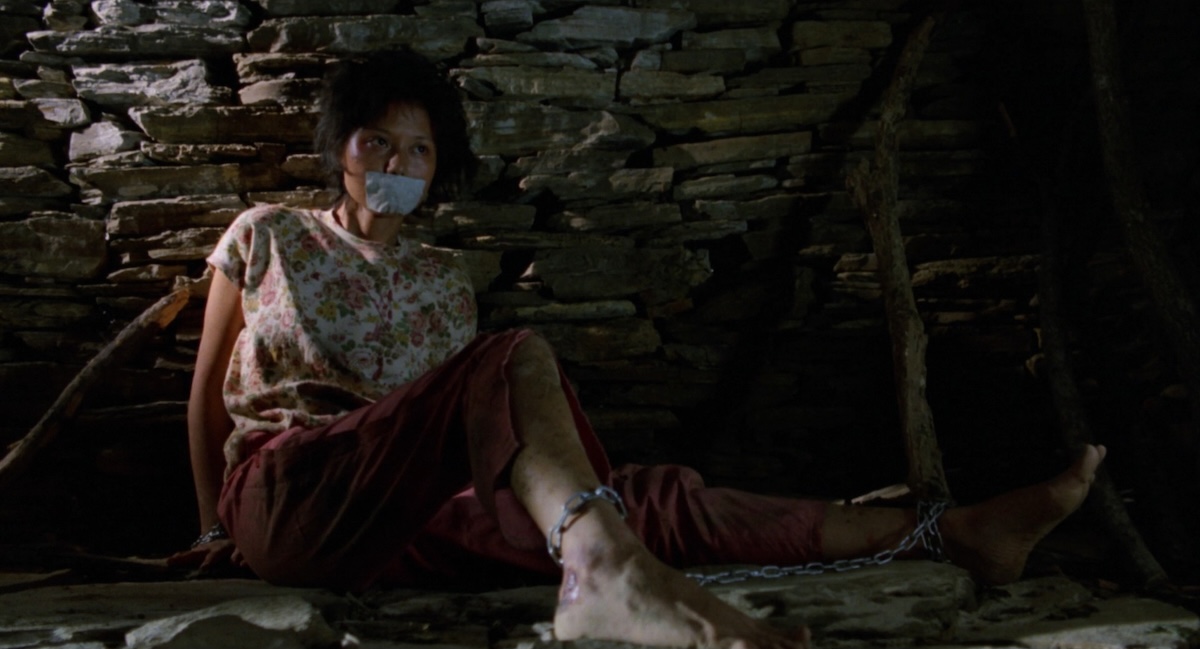
However, although the violence is certainly nasty, it doesn’t revel in it so zealously as those genre examples from the US. Yet, I remained discouraged through the rising action as it looked to be heading toward some dodgy torture porn or derivative survival slasher fare. The teen characters are just a bit too generic, not really believable enough to care about. The overbearing mother and her deranged sons may be too caricatured for some tastes, emphasised by a wide angle ‘mad lens’. But this all adds to the atmosphere of a video nasty. Those of a certain age may feel a nostalgic pang as they recall their formative years and the rite of passage of watching poor quality VHS pirate copies of banned filmswith their buddies. There’s that same sense of unease while wondering if it will be effectively nasty or just plain bad.
For a while, one wonders how this is deemed of sufficient quality and import to take its place in the ‘Masters of Cinema’ imprint from Eureka Entertainment. Though I suspect there’s a cult following who will be elated with this splendid new 2K restoration. However, to begin with, the music is poorly produced and though this may well be due to production problems, I have a feeling that it’s a clever ruse as the score by Law Dik will later deliver a brilliant slasher synth theme that John Carpenter or Lucio Fulci would be proud of.
The cinematography seems raw, almost vérité, with muted greens and washed-out skies. But those with an understanding of cinema will be immediately impressed with the helicopter shots of land and seascapes early on, establishing the sinister beauty of such a remote location. The tone of the film continues to develop, and it soon becomes clear why it won the 1986 Hong Kong Film Award for best cinematography for DOP, Hang-Sang Poon. I’m glad I knew of the director, Po-Chih Leong from Hong Kong 1941 (1984)—also recently restored and released by Eureka—and emotional vampire film, The Wisdom of Crocodiles (1998), and felt compelled to keep watching. Because the tropes paraded during the set-up get nicely subverted and remixed in such a refreshing way during the second act and the film morphs into something distinctly its own by the finale.
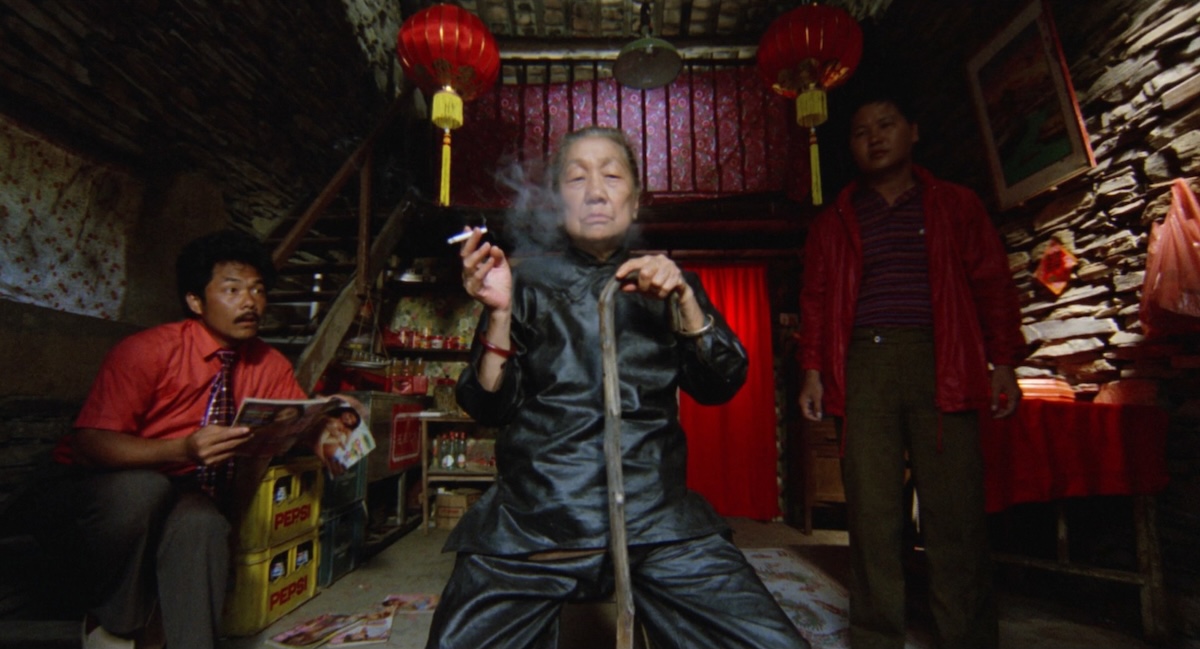
I felt some strong connections with The Wasp Factory, Iain Banks’ bravura debut novel of 1984 which was an instant controversial success. The scenario of brothers growing up on an isolated island under the dubious influence of a single parent seemed to resonate too much to be merely coincidental. There’s something about the way landscape is presented that hints that the brothers may’ve developed some sort of atavistic relationship with their surroundings.
There’s an imposing tree with a hollow in its ancient bole that resembles a shrine and takes on significance as the place that Cheung meets Tai-fat for the first time and where decisive events play out for the finale. Another gnarly old tree trunk was specifically placed in flood waters which is a visual device to give a better sense of the space but also takes on elevated relevance as something that the brothers revere.
However, as The Wasp Factory wasn’t translated into Chinese until 2019, I was about to dismiss these strong thematic connections when I remembered that Po-Chih Leong was born and raised in Britain. He trained at the London Film School and began his career working for the BBC. Given the psychologically complex characters that often populate his films and a recurring theme of the alienated searching for connection, it seems likely he would’ve read or known of the Iain Banks book.
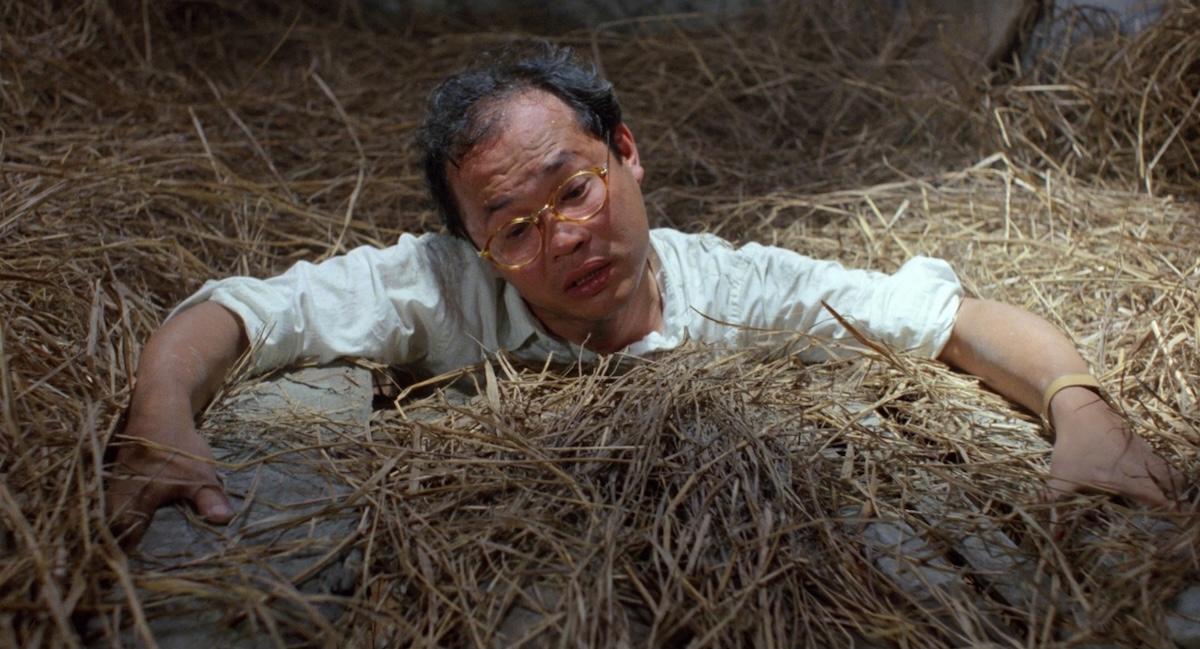
That said, an even bigger influence on the themes would’ve come from the signing of the Sino-British Joint Declaration, also in 1984. This was the agreement that outlined Britain’s hand-back of the Hong Kong territories to China, a process that would be finalised in 1997. The impending change ushered in an era of socio-political uncertainty and cultural unease. Many high profile Hong Kong film directors, such as John Woo started courting Hollywood and brought with them the high-energy Hong Kong cinematic style that really flourished when it collided with Hollywood budgets. Po-Chih Leong was already British, so he wouldn’t be trapped by the upheaval but the same couldn’t be said of the crew and would’ve been particularly pertinent for the young cast members who were just beginning their careers.
This transitional period was marked by widespread uncertainty regarding Hong Kong’s new identity, and precarious autonomy. The Island can be read as a metaphor for Hong Kong itself feeling cut off, vulnerable, and subject to unpredictable forces beyond its control. The film stands as an unsettling snapshot of Hong Kong’s collective psyche in the mid-1980s. On the surface, it’s a cheap exploitation film about a group of students and their teacher stranded on a remote island, who become victimised by an isolated family who seem stuck in the past. But beneath the chaos, cruelty, and bloody violence, there’s an astute socio-political subtext.
One aspect of this that struck me is how the film plays with authority gradients and conflicts brought about by duality: the civilised urban outsiders versus the hostile rural inhabitants; the educated versus the primal; and throughout it’s a steep gender gradient that propels the narrative. The teacher, who should be a safe pair of hands and the voice of reason, is powerless to protect all his students. The savage brothers are each unhinged in their own ways and quickly resort to violence when reason deserts them.
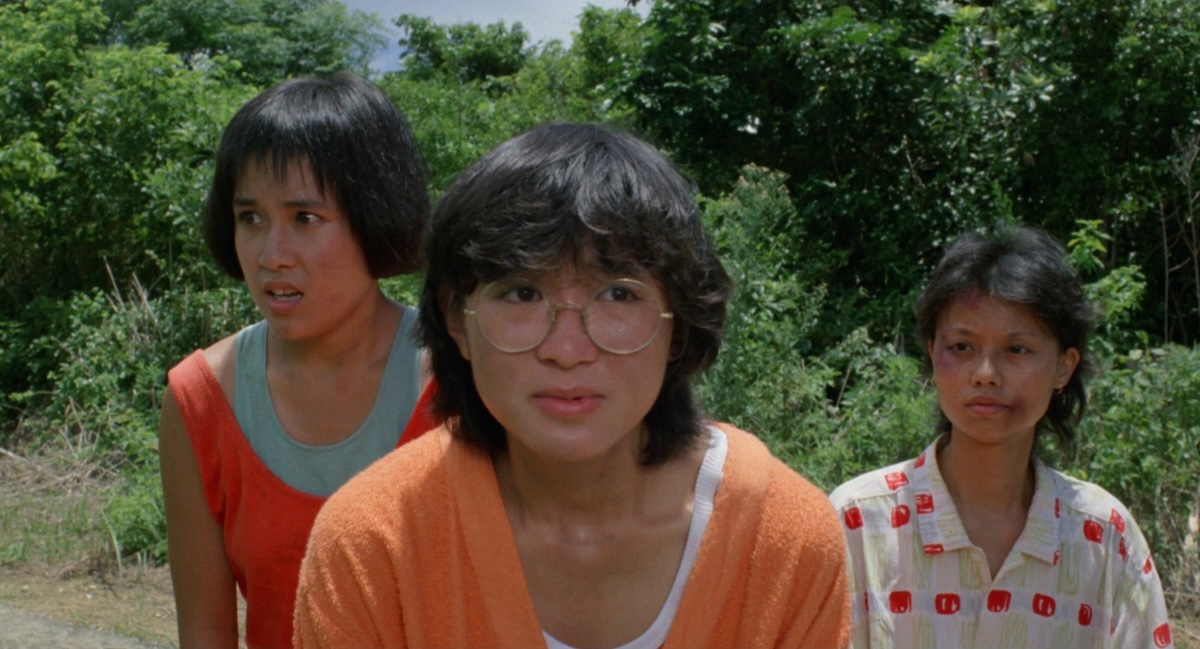
The script is exploring what happens when established social structures we know and trust —such as education, family, government—break down. How much of individual and collective identity are tied up in such things? And who do we become in their absence? I’m afraid I can’t give kudos to the writer for this as the script is credited to the Dak Bo Creative Group. Though it’s now thought that Kei Shu, an award-winning documentary filmmaker, and Po-Chih Leong both had a hand in the writing.
Martial arts actor Min Kan Ng and Wah Yuen were the stunt and fight co-ordinators and if the film’s producer Sammo Hung was on location, he almost certainly would’ve lent a hand too. The realistically clumsy fights between Tai-Fat and Cheung are an impressive achievement as Lung Chan may have been one of Sammo Hung’s regular stunt crew, but John Sham was not known as an action star, quite the contrary as he mainly played comedy roles, losers and the everyman. There’s one particularly brutal fall when he’s pulled down from a hayloft and slammed to the ground that looks convincingly painful. Later, there’s even a complex sub-aquatic fight scene involving the two men.
I am not a psychiatric practitioner, and I know I’m using very broad, possibly disrespectful terms here, but an individual ‘psycho’ among ‘normal’ people can learn how to behave within accepted parameters and, with a good set of friends can make just as many positive contributions to society. However, we’ve learnt from several high-profilereal-life murders that a psycho who finds just a few like-minded friends who form their own clique, reflecting and reinforcing dangerous beliefs and behaviour, can have terrible repercussions.
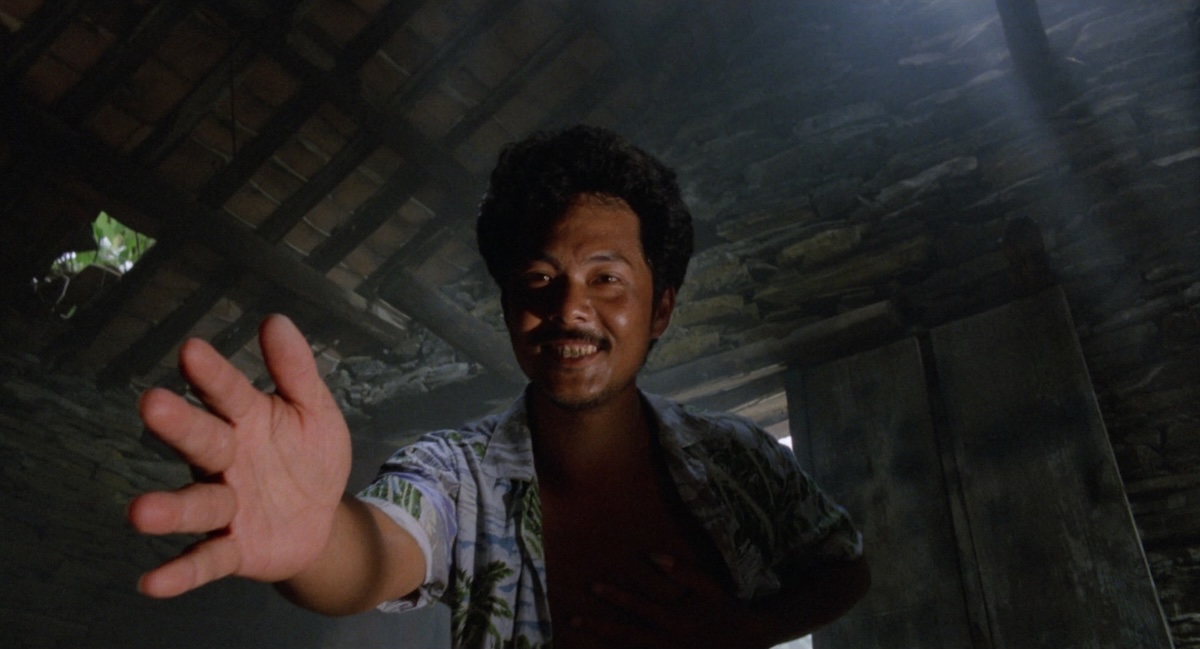
In this case the three brothers have been raised in isolation and indoctrinated by their mother’s beliefs, but this situation can easily be extrapolated into broader societal parallels that remain relevant. It’s something we see in today’ssocial media where, rather than searching for alternative views and broadening their horizons, some users search for others that will help to normalise and support their world view no matter how warped that might be. For example, the internet reaches so many that the tiniest minority can find a voice and influence others, for better or worse. Sadly,many vulnerable groups are then open to deliberate manipulation that can be abusive and exploitative.
What I finally admire about The Island is how it sneaks in all this commentary in the guise of genre. It’s psychological horror, yes, but it’s also satire, social critique, and a kind of cultural exorcism. Po-Chih Leong doesn’t preach—he lets the chaos speak for itself. And in doing so, he captures a moment in Hong Kong history when everything felt up for grabs: identity, freedom, the future. You know, I think it does deserve its place among the ‘Masters of Cinema’, after all.
HONG KONG | 1985 | 93 MINUTES | 1.85:1 | COLOUR | CANTONESE

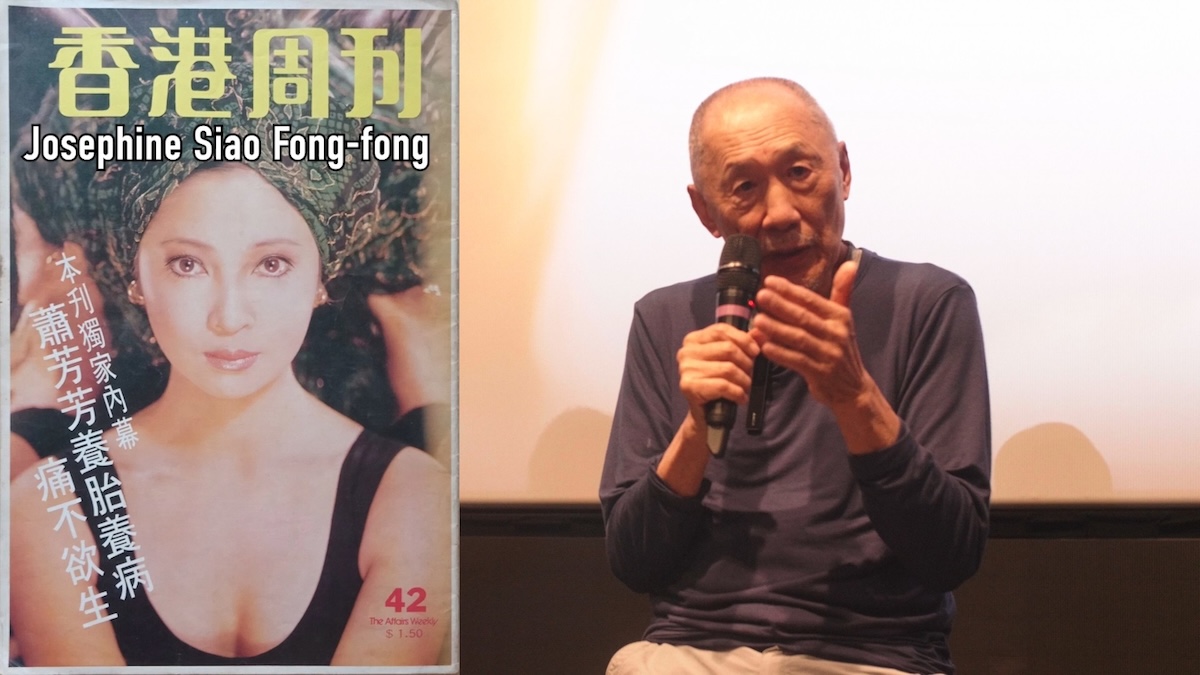
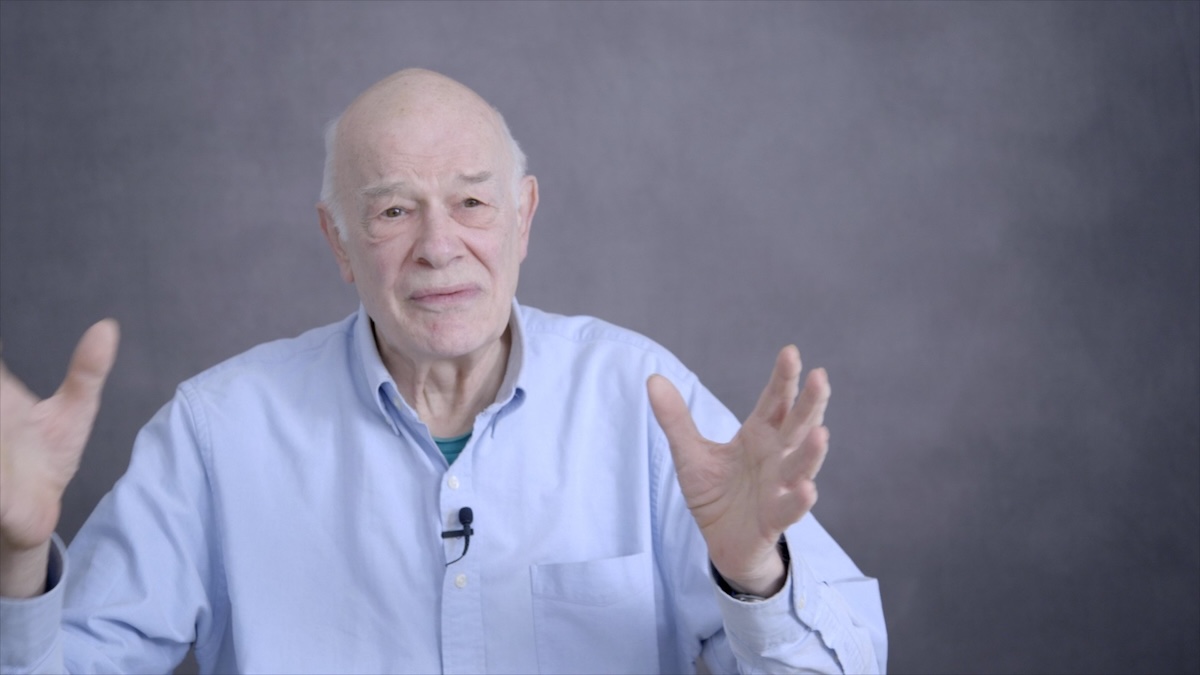

director: Po-Chih Leong.
writers: The Dak Bo Creative Group.
starring: John Sham, Hoi-Lun Au, Lung Chan, Jing Chen, Billy Sau Yat Ching, Timothy Zao, Ching-Yuen Tse, Wai Kwan Kwok, Ronald Wong & Lap Ban Chan.
